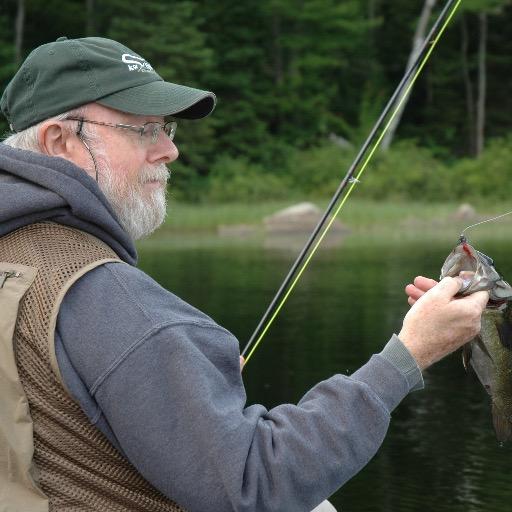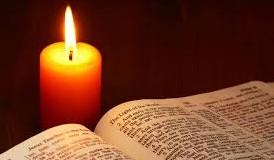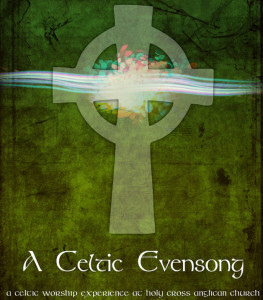Since joining Church of the Holy Saviour’s community of faith four years ago, I have wrestled with a perplexing question: why do so few parishioners attend Evensong?
To me the evening choral service, conducted on the third Sunday of every month from September through May, is the midtown Waterloo, Ontario Anglican church’s best kept liturgical secret.
I’m not qualified speak to the liturgical components of the late afternoon choral service, but I would like to offer some personal observations that explain why I find Evensong so spiritually satisfying and fulfilling.
I have always found something quietly thrilling about autumn, as daylight shortens and darkness lengthens through Thanksgiving, the ancient Celtic New Year of Samhain celebrating the end of harvest on November 1, the Winter Solstice and Advent heralding the birth of Christ. The evening hymn O Gladsome Night, O Grace poetically describes the lengthening darkness as day fading into night, allowing us to see the evening light.
The ancient Celts revered the waning light of dusk — known variously as the gloaming or twilight. I fondly recall one Evensong service during which the Venerable Dr. Neil Carver, interim priest-in-charge at Holy Saviour who has a deep interest in Celtic spirituality, reminded parishioners that the Celts viewed this magical period of day as the thin time when the barrier between our world and the Otherworld is most tenuous, most fragile.
When I think about music, faith and contemplation, my thoughts invariably turn to fly fishing. In Fly Fishing — the Sacred Art: Casting a Fly as a Spiritual Practice, Rev. Michael Attas, an American Episcopal pastor, practicing cardiologist, retired university professor and avid fly angler for four decades, writes:
‘The Celtic Christians of the first few centuries felt that the world was graced with thin places, where the Divine and human can more easily come together into some sort of connection with each other. These are liminal places, and they exist in all sorts of strange and wonderful and glorious spots. Sometimes they are in churches or temples or synagogues. Sometimes they are in the fields we plow. Sometimes they are in our kitchen and hearth, where we welcome home. More often, they are in the world where we all live daily.
‘Those are the places we experience the reality of God more purely, more certainly, more radically, more authentically than in other places. And, for me, rivers are often those very thin places. . . They are places where my mind and body can get out of the way, and God can flow in. Unobstructed with the clutter of my life, I find myself listening more intently to the voice that is calling me home, to the very ground of my being.’
Whether sitting in church and listening to the music of Evensong at the thin time of day or casting fur and feather in a river, a thin place, and listening to the voice of God as expressed through the music of current moving towards a distant sea, I feel closest to home.
For me, the quiet thrill of evening light is reflected in Evensong, a form of choral worship that dates back in its modern form to the Reformation, but whose roots extend back much farther, to the very beginning of the Christian Church.
I love the very word Evensong — a service of prayers, psalms and hymns conducted according to a set form at eventide, another word I love.
Reflecting on Evensong leads me to recall a trip I made to Ireland in 1989. Heather, a close friend, and I wanted to take the road less travelled so we decided to go to the myth-haunted Emerald Isle in early December, as far away from tourist mania as we could get.
While in Dublin we received news from home about the murder rampage committed by Marc Lépine at Montreal’s École Polytechnique. We were horrified. Ironically, we had crossed the border into rural Northern Ireland a few days previously despite the sectarian violence that was tearing that country apart.
Seeking refuge from the insanity of violence, whether personal or collective, Heather and I attended Evensong at St. Patrick’s, the Church of Ireland cathedral where the great Anglo-Irish satirist, egalitarian and humanitarian Jonathan Swift once served as dean. We found solace and peace — ‘the still point of the turning world’ as T.S. Eliot describes in Four Quartets.
I love sitting in the pews of Holy Saviour as daylight slips into the arms of darkness. The church seems most welcoming. There’s something innately peaceful about the waning sun illumining the stained glass windows on the west side of the church. I take comfort in the warm glow that bathes the honey oak pews at eventide. I’m comforted and consoled by the sense of attentive contemplation that washes over me during the service. It helps that Holy Saviour reminds me of a small church nestled far from the madding crowd in the English or Scottish countryside.
There’s something about the blend of words from the Book of Common Prayer and melody that speaks to me directly and immediately. That wise book poetically talks of ‘pure voice and humble heart.’ The combination touches my mind as it soothes my heart. When I wander off the path of life, sacred words married to holy music lead me back home.



